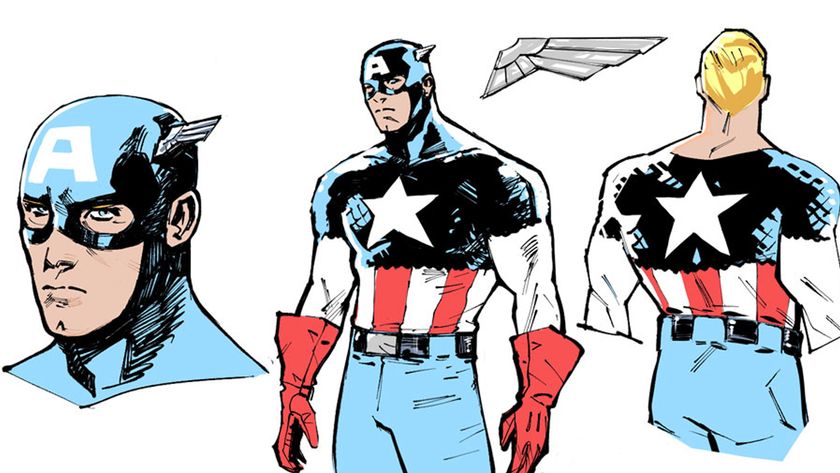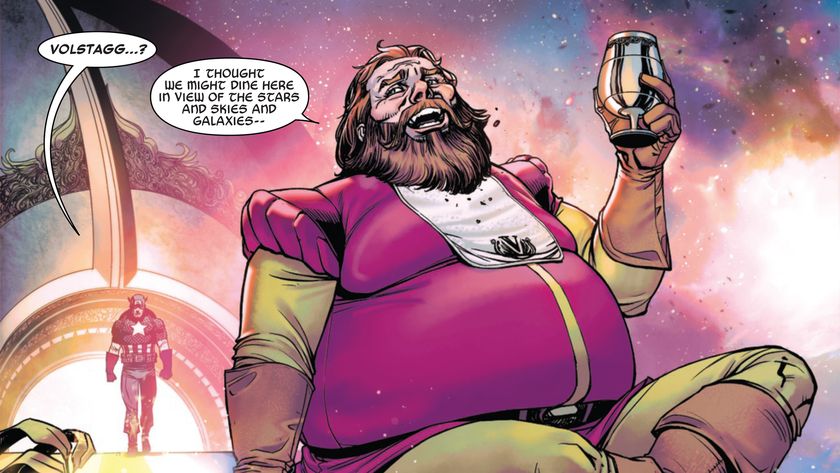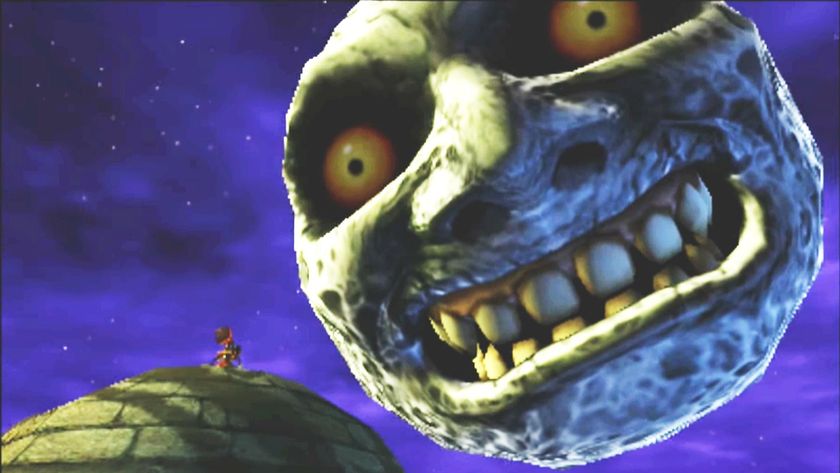Denny O'Neil's greatest creative impacts
Celebrating the career of the legendary writer and editor
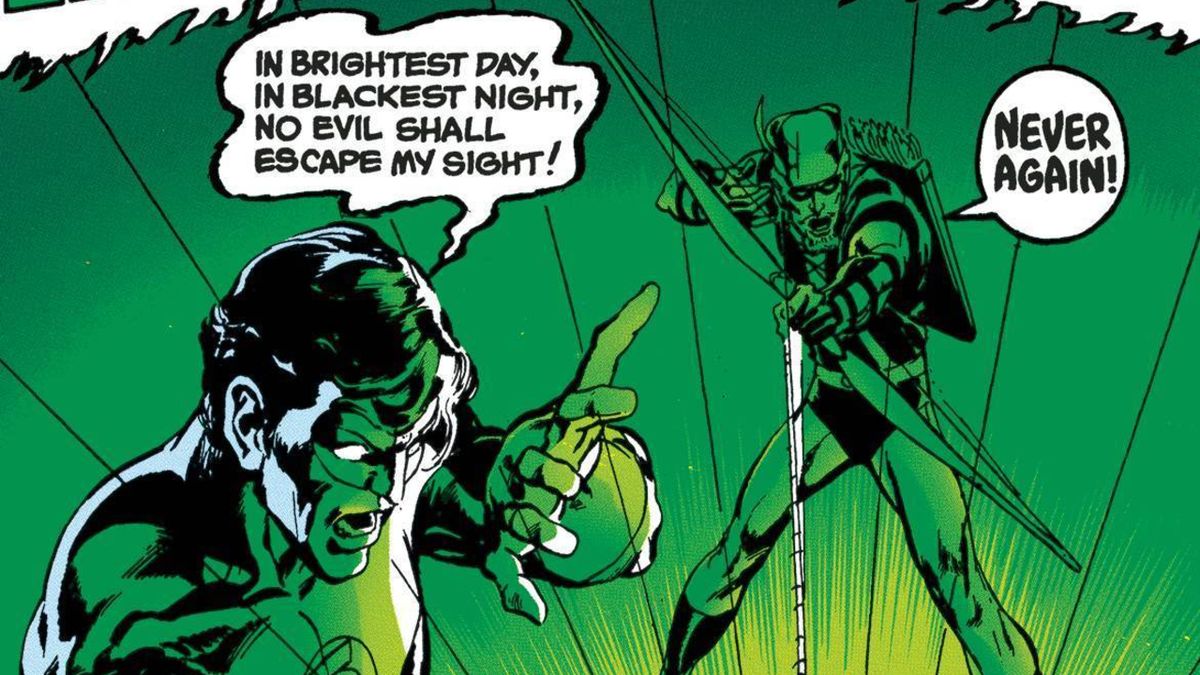
Thursday night, legendary comic book creator and editor Denny O’Neil passed away.
On Friday, his comic book family - the friends and colleagues he worked with, the countless creators he inspired and instructed as a writer and editor, and of course the legions of readers he touched - will mourn his passing as well as celebrate his life and career.
A little more than one year ago on the occasion of O’Neil’s 80th birthday, Newsarama’s Vaneta Rogers looked back at some of his signature creative impacts.
During his tenure as writer and editor at both DC and Marvel from the 60s to the 90s, he touched many of the best-known characters in those company's respective universes. And during his heyday as head of the Batman editorial office, some of the more influential stories and concepts about the character took shape.
Although his impact on comic books is beyond the scope of any one retrospective, in honor of his achievements we took a look at just a few of his greatest impacts on today’s cultural icons and the comic book industry itself.
Street-Level Cool/The Question

Although science fiction heroes were all the rage in comic books when Denny O’Neil first entered the scene, under his pen and leadership, the street-level hero gained a new level of respect and popularity.
From his introduction of the "Matches Malone" alter ego for Batman, to his decision to put Frank Miller on Daredevil, to his stories that brought space hero Hal Jordan down to archer Green Arrow’s level, O’Neil gave a new level of power and importance to the gritty, pulpy stories about heroic life on the mean streets.
Comic deals, prizes and latest news
Get the best comic news, insights, opinions, analysis and more!
Perhaps nowhere was this more evident than O’Neil’s run on the critically acclaimed series The Question, where his post-noir style led the protagonist through some intense and twisted crime stories. According to most comic book pundits, the powerful series influenced generations of writers.
Psychological Battles/The Joker

Under O’Neil’s guidance, some of the most interesting superhero battles at Marvel and DC were fought inside the character’s mind.
O’Neil’s Batman stories often delved into the pathology of his villains, but even Batman suffered from a concerning level of obsession under his pen (and also later, under his hand as editor).
For example, in O’Neil’s "There is No Hope in Crime Alley!" (Detective Comics #457 with Dick Giordano), the writer featured his do-gooder Leslie Thompkins and established the place where Bruce Wayne’s parents were killed, exploring the character’s obsessive origins in a whole new way.
O’Neil also wrote Tony Stark fighting against despair and alcoholism during his 80’s Iron Man run, introducing Tony’s nemesis Obadiah Stane, who tore apart Tony’s life, stealing his company and becoming the villainous Iron Monger (a plot element later featured in the Iron Man film). And of course, the aforementioned Daredevil run by Frank Miller (under O’Neil’s editorial guidance) psychologically probed and destroyed Matt Murdock.
But no story encapsulates O’Neil’s influence on the psychology of characters quite like the writer’s changes to the Joker ushered in during the 1973 story "The Joker’s Five-Way Revenge" (Batman #251 with Neal Adams).
Before O’Neil, the Joker was portrayed (for most of his existence) as a goofy prankster. But in O’Neil’s story (and the writer’s spin-off The Joker that followed), the villain became a sadistic killer — a portrayal that has remained consistent through the present day.
All the Robins

O’Neil’s first issues of Batman dumped Robin in favor of a solo Batman, something the writer admits he asked to do, shipping Dick Grayson off to Hudson University. That decision opened up the stories for the more gritty stories O’Neil wanted to tell.
But it wasn’t the last time O’Neil would help get rid of a Robin. When he was Batman editor in the 80s, he helped another Robin depart from the comic books as readers were allowed to vote (by phone) whether Jason Todd, the latest Robin, would live or die.
And they voted to let him die.
O’Neil later told 13th Dimension that the resulting outcry from media outlets worldwide made him realize he wasn’t just editing stories on paper, he was "a custodian of folklore."
As part of his custodial job, O’Neil helped Batman writers quickly introduce a new Robin that was more palatable to readers, Tim Drake. The legacy of all these Robins continues to this day, although the current Robin is probably more influenced by another one of O’Neil’s creations…
The al Ghuls
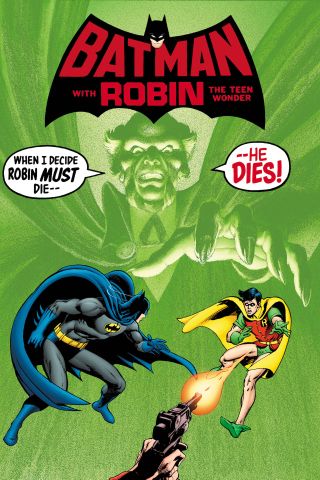
When O’Neil was writing Batman in the early 70s, editor Julius Schwartz told him to introduce a villain named Ra’s al Ghul, which was Arabic for "head of the demon."
The character that O’Neil and artist Neal Adams invented — the brilliant and death-defying leader of the League of Assassins — would influence Batman stories across print and other media for generations.
Ra’s al Ghul was hundreds of years old, an ecoterrorist who wanted to bring balance to the world by killing most of humanity. He was introduced when his daughter, Talia, fell in love with Batman, and Ra’s tricked Batman into a test of his worthiness as a future son-in-law.
O’Neil’s introduction of both Talia and Ra’s came with a host of other new concepts, including the resurrection powers of the Lazarus Pits, that would be utilized in hundreds of Batman stories in comic books, TV, and film.
And of course, her offspring with Batman, the young, well-trained assassin Damian Wayne, eventually became the current Robin, a now well-established part of DC lore.
Socially-Conscious Comics/Green Lantern/GreenArrow
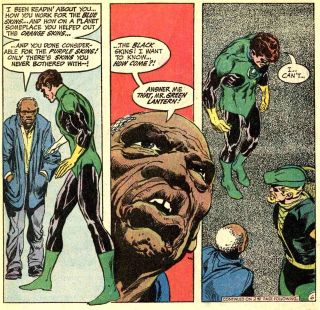
O’Neil and Adams’ Green Lantern/Green Arrow run, which kicked off with issue #76 in 1970, introduced a revolutionary new approach to comic books, one concerned with social and political issues of the day.
By teaming up a power-ring-wielding, military-trained space cop with a left-leaning, street-level archer opened the door for the team to explore different sides of the issues of the day. From racial conflict to urban issues to the drug addiction of Oliver Queen’s young sidekick Speedy, the book didn’t shy away from difficult topics, and it influenced years of socially relevant comic books throughout the industry.
O’Neil was recently honored by the Jimmy Carter Presidential Library for his “lifetime achievements in pursuing causes of peace and justice," recognized specifically for his role in influencing change through comic books.
Batman
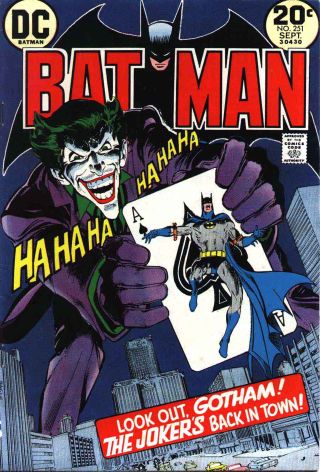
O’Neil’s influence on the modern-day version of Batman is immeasurable. As both a writer and an editor for decades of the character’s most drastic changes and critically acclaimed stories, O’Neil and those he influenced set the tone of Batman for generations.
Under his influence, Batman stories became more experimental, moved toward the urban, addressed real-life issues, explored the psychology of Bruce and his adversaries, and, well, became more of all the other adjectives we’ve used above to describe O’Neil’s approach to comic books.
And his influence doesn’t just stop at the comic books. Seeds from his own stories — and from those written by people O’Neil guided — show up in Batman stories across multi-media time and time again.
Vaneta has been a freelance writer for Newsarama for over 17 years, covering Marvel and DC, and everything in between. She also works in marketing.
Most Popular





